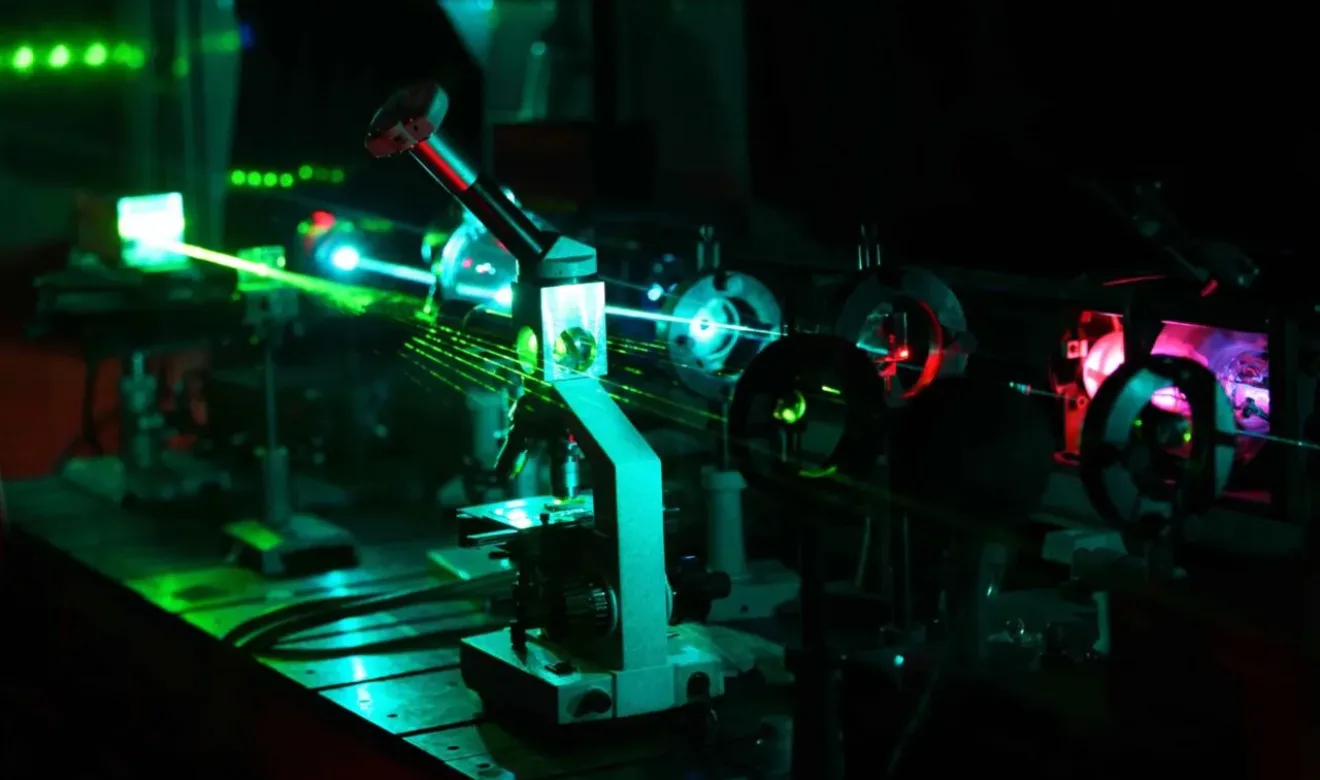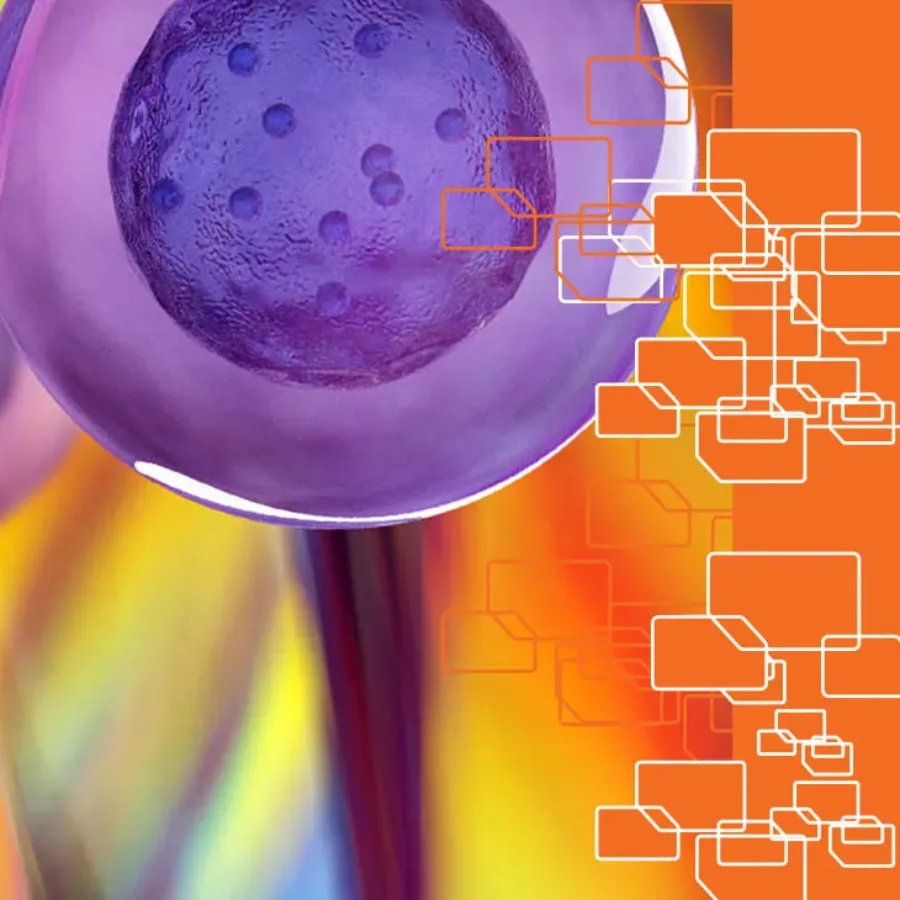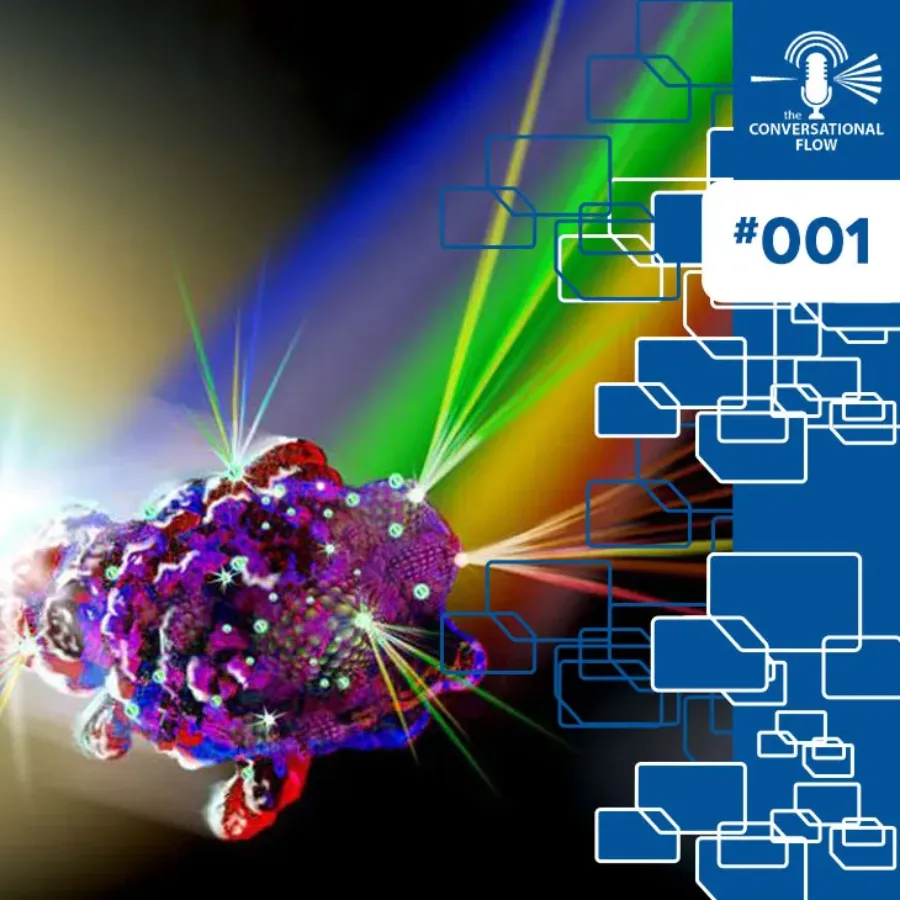
Flow Cytometry Services
As a leader in non-GLP and GLP/GCP outsourcing of flow cytometry on a global scale, KCAS Bio offers spectral flow cytometry and conventional flow cytometry, as well as cell sorting services, validated panels, and proteomic analysis service to support non-clinical and clinical studies.

Global leaders in flow cytometry services
With more than a decade of proven scientific success as a global Contract Research Organization specializing in flow cytometry, we are driven by the mindset that scientific excellence should deliver decision-enabling data on programs that matter the most to you. With an expert team in the US and Europe, and a wide range of offerings, we are well-positioned to support you from pre-clinical discovery studies through clinical-stage studies.

Why Flow Cytometry
Flow cytometry is applicable across a wide range of research areas, including immunology, oncology, stem cell research, microbiology, and drug development. Whether you are studying cell signaling, immune response, or cell cycle dynamics, flow cytometry can be tailored to your specific research needs. This technology offers the potential for powerful biomarker screening paradigms and multi-parameter cellular profiling enabling interrogation of the immune system’s mechanisms at work. The KCAS Bio team has supported a diverse range of immune system studies and delivered customized and qualified flow cytometry solutions to support the most complex pre-clinical and clinical trials.
Brian Wile, Ph.D. and Adam Cotty, Ph.D. from the flow cytometry site of KCAS Bio – Philadelphia, share some exciting insights about our labs, scientists, projects and use-cases for flow cytometry.
Harnessing the power of flow cytometry
Flow cytometry is a technique used to detect and measure the physical and physiological characteristics of a population of cells or particles. Tens of thousands of cells can be quickly examined and analyzed. Uses of flow cytometry can include the determination of cellular characteristics and function, biomarker detection, proliferation, toxicology, and diagnosis of health disorders.
Whether your assay need is simple or complex, when you partner with us, you’ll work with a reliable and dynamic team who is dedicated to advancing your research goals in a timely way. Together, we can unlock new possibilities, drive innovation, and make meaningful contributions to your field of study.
KCAS Bio services: an in-depth look
One of the most routine and yet powerful applications of flow cytometry. (Surface and intracellular)
Single or bulk cell sorting - optimized methods and staining panels to ensure successful cell sorts for many different target populations.
We offer a personalized data analysis package while ensuring the delivery of comprehensive and meaningful reportable summaries that address FDA and compliance standards.
We have established several standard protocols to employ cell sorting or magnetic bead separation for the enrichment of a variety of cell populations for activation &/or expansion in culture.
Our team knows that high-quality PBMC isolation and storage are critical to maintaining cell viability and function.
Quantify the binding of therapeutic molecules to their target receptors.
KCAS Bio services: functional assays
Apoptosis assay in flow cytometry measures programmed cell death, assessing changes in cell membrane integrity, DNA content, and identifying apoptotic cells based on distinct fluorescence signals.
Cell proliferation assays are useful to determine cell division and measure the expanding population. The use of flow cytometry allows us to implement cell proliferation assays without radioactivity.
In flow cytometry, ex vivo stimulation involves activating immune cells outside the body before analysis, enabling the study of their functional responses and cytokine production.
ICS is an extremely versatile, high-resolution method that allows researchers to examine the intracellular cytokine production profiles in different cell types, in response to various stimuli.
Unlike lysate-based approaches, phosphoflow assays facilitate the detection and analysis of heterogeneous signaling responses in complex biological matrices, with single-cell resolution.
As an IsoPlexis Certified Service Provider, we offer comprehensive, multiplexed, functional proteomic and metabolomic analysis with the IsoLight™ Proteomics Hub from IsoPlexis.
A suppression assay using flow cytometry evaluates the ability of regulatory cells to inhibit the activation and proliferation of target cells, providing insights into immune system regulation.
How we do it
We know how precious every whole blood sample is in a clinical trial. That's why we staff our clinical processing team with top level scientists and use our robust training processes to make sure that both our bench scientist and remote analysis teams are ready and waiting for samples Monday-Saturday.
Our senior scientists have more than 15 years of direct flow cytometry experience that they use to make advanced scientific concepts understandable for technical users and procurement teams alike. They participate on calls throughout your project so that you can have direct access to the experts who understand your assay best.
We regularly support sample analysis for phase 1-3 trials. Our proactive forecasting process means that we maintain sufficient capacity across both instruments and personnel to take on new projects when they come in. We make sure that your project and samples won't go out of stability in a prioritization queue.
You need the latest research tools to make next level advances with flow cytometry. That's why we've invested heavily in a state-of-the-art facility, cell sorting equipment, spectral flow cytometry capabilities and globally harmonized conventional flow cytometers.
From the first development worksheet to the final raw data file, you own every piece of information we generate. Because of this, we're happy to customize documents and share them directly so that there is transparency at every stage, and we can ensure the data is ready for your bioinformatics workflow as soon as you receive it.
We begin by first developing a full understanding of the research application of your assay to ensure that the sample matrix, flow cytometry panels, and gating strategies can be designed and optimized accordingly, and assure adherence to all regulatory guidelines and principles (GLP and GCLP). We then leverage our extensive experience and an in-house antibody titration library to efficiently develop assays to support your unique program.
Once an assay has been developed, the validation stage can begin to ensure the assay is robust and reliable. Assay validation is performed to demonstrate that the method displays the required performance characteristics over the designated range of conditions of the study. Unlike many other platforms, flow cytometry lacks target standards from regulatory agencies, so validation strategies and approaches differ across laboratories. However, since flow cytometry is considered an analytical method, the FDA requires clinical flow cytometric studies to meet specific analytical method validation criteria to confirm that the process is fit for its intended use: specificity, stability requirements, linearity, accuracy, detection limits, range, precision, limits of quantitation, and robustness.
Technical considerations
FACS is a powerful tool that provides unmatched utility in translational and clinical research. Cell sorting requires considerable planning and technical optimization. Working with KCAS Bio’s cell sorting experts will help to ensure your cell sorting yields and purities are achieved. Our BD FACSymphony S6 supports cell sorting with up to 50 parameters of detection and 6-way bulk sorting or single-cell sorting. Consider the many ways sorting can enhance your research projects.
Our scientists have hundreds of collective years of experience operating 18 color instruments, and during that time we've developed an assay to identify almost every cell type imaginable. We've worked with T-cells, B-Cells, Myeloid/NK cells, and more in a variety of matrices from standard whole blood to dissociated tissues to urine.
We've developed and validated dozens of receptor occupancy assays for global clinical trials. We understand many of the risks and challenges associated with quantifying specific antigens at single or multiple processing sites. Our experienced staff is available to make recommendations on optimal panel design and validation to give your trial the best chance at successfully testing out pharmacodynamic hypotheses.
Assays like phospho-flow, Treg suppression, and intracellular cytokine quantification can be very sensitive to lab technique. Modern immunology workflows require lengthy and meticulous series of biological operations- this can translate into significant variability or compliance issues that can quickly turn the assay into random number generators rather than essential sources of pharmacodynamic information. Our staff have developed and deployed dozens of workflows to analyze phosphorylation, activation, and suppression of cell types of interest, and our record of conference posters and customer testimonials demonstrate why we get so many repeat requests for this type of assay.
All of our assays require meticulous attention to detail from the time a tube arrives in the lab until the time a result is transferred to our sponsors. We bring that same attention to detail to the sample preparation techniques- PBMC isolation, magnetic enrichment, or even cell sorting- to make sure that any sample we process is ready for downstream analysis.
Our expert staff have developed hybridomas as part of screening programs and have experience with thousands of antibodies in multiple matrices. We leverage all of that experience when we develop panels and translate that into reduced timelines and more initial project success.
Tell us how we can help with your project
We've earned our reputation for delivering reliable, error-free data. We understand the importance of speed, flexibility, and consistency and only make promises we can keep.
Our people
Resources & insights
 Blogs
Blogs
Flow cytometry is a highly sophisticated laboratory technique. Scientists use this procedure to analyze and quantify certain physical and chemical characteristics of cells or particles. In recent years, the prominence of flow cytometry has grown significantly, and understanding why is pivotal. The recognition of the technique’s importance, especially in the…
 Blogs
Blogs
Flow cytometry is an extremely valuable tool that has become an indispensable part of modern drug development. This is especially the case in the realm of bioanalytical and biomarker services. However, as is the case with any useful tool, it’s critical to wield flow cytometry skillfully. The accuracy and reliability…
 Podcasts
Podcasts
Flow cytometry is a technique used to detect and measure physical and physiological characteristics of a population of cells or particles. Tens of thousands of cells can be quickly examined and the data gathered is processed by a computer. Uses of flow cytometry can included determination of Cellular…

Agile, responsive, and easy to work with
We prepare and adapt our services based on a deep understanding of your drug development ambitions and wider business objectives.